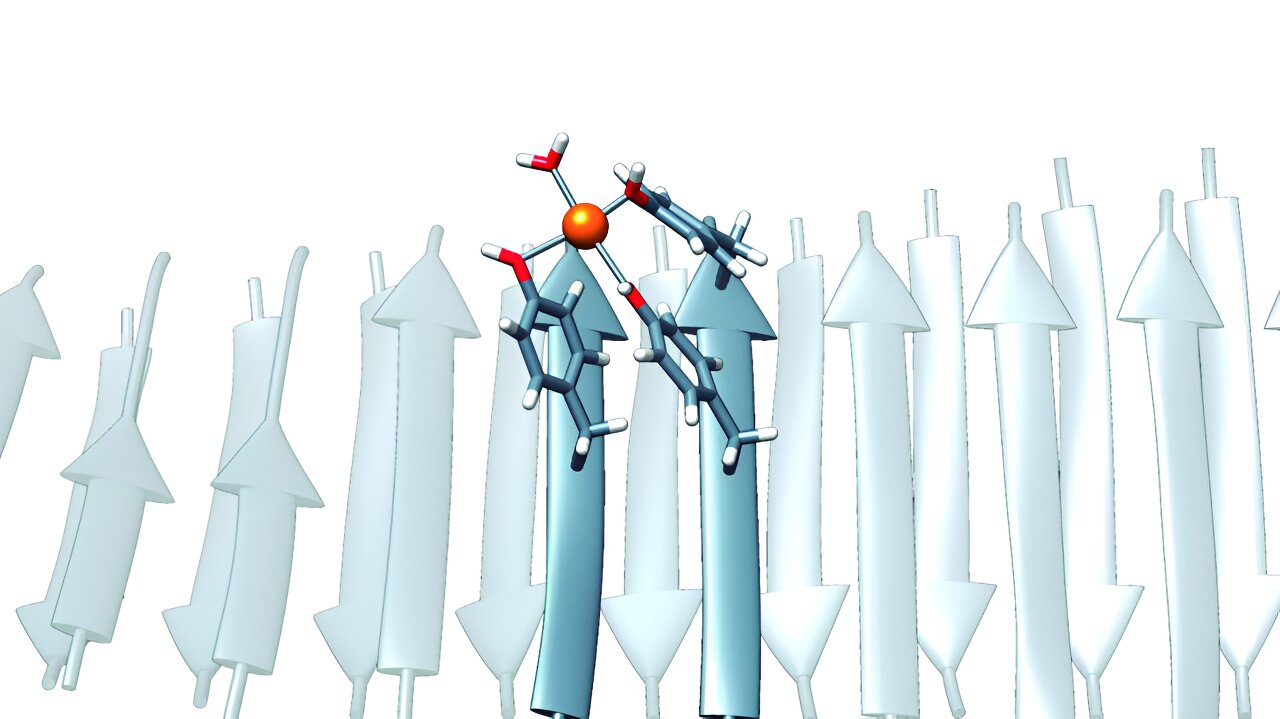Researchers develop minimal nanozymes with carbon dioxide capture capacity
Date: 27.9.2023
Autonomous University of Barcelona (UAB) researchers have developed minimal nanozymes with the capacity of capturing carbon dioxide (CO2) emitted in industrial processes – and applicable to other environmental remediation processes – based on artificial molecular structures formed by the peptides of only seven amino acids.
 These new molecules could also act as metalloenzymes, and this opens up new possibilities in biotechnology research. The study also provides a new contribution to the origin of catalytic activity at the beginning of life.
These new molecules could also act as metalloenzymes, and this opens up new possibilities in biotechnology research. The study also provides a new contribution to the origin of catalytic activity at the beginning of life.
In 2018, UAB researchers managed to create very short molecules capable of self-assembly, inspired by the natural ability to self-assemble of amyloid fibrils, and based on a specific sequencing of prion proteins. These artificial amyloids have catalytic activities, with advantages such as modularity, flexibility, stability and reutilisation when compared to natural enzymes. Now, researchers have discovered their capacity to bind to metal ions effectively and act as metal and metalloenzyme-storage elements.
The results can be applied to several areas. First, nanozymes are stable and can be used for environmental remediation, in wastewater treatment processes or contaminated soils, given their notable capacity for sequestrating metal ions.
Second, they can function as metalloenzymes, capable of catalyzing reactions in conditions in which current enzymes, much less stable, would be incapable of acting. This opens up new possibilities in research into biotechnology, such as in catalyzing reactions in extreme temperatures and pH values.
Image source: Autonomous University of Barcelona.























